Fascinating Study: Deep Secrets Of Flying Snakes Revealed
MessageToEagle.com – Some snakes can fly, according to scientists who may have solved the mystery of how flying snakes stay aloft.
There are five species of paradise tree snakes Chrysopelea paradise. They have intriguing body shape and can be found in the Southeast Asian rainforest.
They have the ability to glide as much as 30m from a tall tree and their ‘slithering’ in an S-shape through the air as they descend is particularly impressive.
‘They look like they are swimming’, but what keeps the reptiles aloft? ‘They turn their whole body into one aerodynamic surface’, explains Professor Jake Socha, from Virginia Tech in the US, who carried out the study.
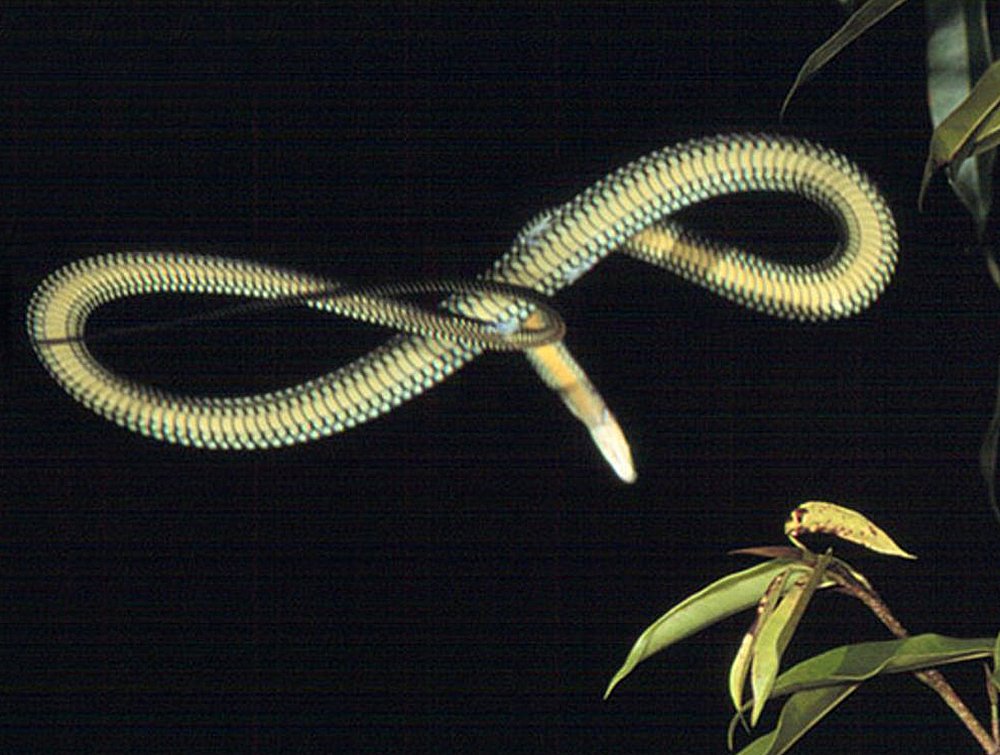
Socha and his colleagues Daniel Holden, Nicholas Cardwell and Pavlos Vlachos, discovered that the snake’s body works like an aerofoil to generate lift forces to keep them airborne.
The snakes flex their ribs as they launch to stretch and flatten the body to change their profile from a circle into an arched semi-circle, according to Socha.
‘It looks like someone’s version of a UFO’, laughs Socha, adding that as aerofoils go it’s an unconventional shape.
Trying to understand the aerodynamic forces generated by the snake’s body, the team created a plastic copy of the snake’s cross-section and placed it in a tank of flowing water.
Although water is much more dense than air, the experiment recreated the effect of air flowing over a snake’s body.
At most angles, the unusual body shape generated sufficient lift to keep the creature aloft.
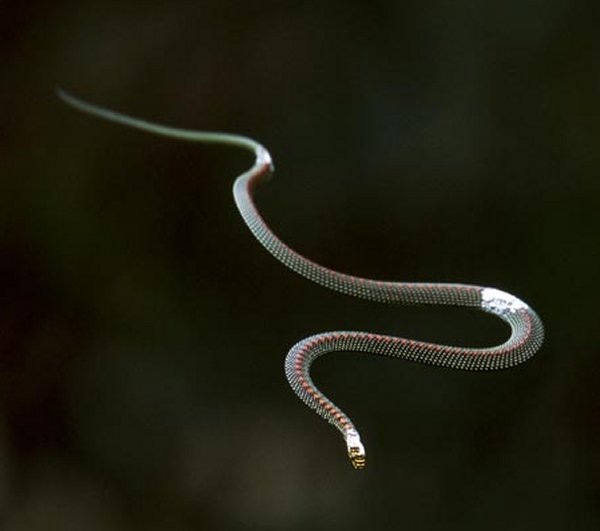
However, there is much more to the snake’s impressive glide than just its unusual body shape, Socha adds.
‘If you make a rough estimate of the lift to drag ratio for the real animal, it appears to do better than what we got from this study.”
“So even though this shape produced more lift than we were expecting, it doesn’t get us the glide performance that snakes can attain, giving us a hint that there is something in what the animal is doing aerodynamically that is not captured by the cross-sectional shape alone’ – which is the next part of the problem that Socha and his team hope to crack.
Journal Reference:
Holden, D., Socha, J. J., Cardwell, N. and Vlachos, P. P.(2014). Aerodynamics of the flying snake Chrysopelea paradisi: how a bluff body cross- sectional shape contributes to gliding performance. J. Exp. Biol.217, 382-394 doi:10.1242/jeb.100339
MessageToEagle.com
Related Posts
-
 Prehistoric Timeline In Africa Pushed Back By More Than 10 Million Years
No Comments | Apr 21, 2023
Prehistoric Timeline In Africa Pushed Back By More Than 10 Million Years
No Comments | Apr 21, 2023 -
 Animals’ ‘Sixth Sense’ Is More Widespread Than Previously Thought
No Comments | Feb 23, 2023
Animals’ ‘Sixth Sense’ Is More Widespread Than Previously Thought
No Comments | Feb 23, 2023 -
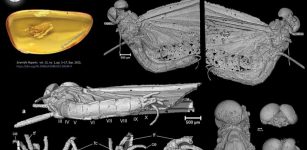 Unknown Insect Genus Trapped In Amber For Over 35 Million Years – New Discovery
No Comments | Oct 10, 2022
Unknown Insect Genus Trapped In Amber For Over 35 Million Years – New Discovery
No Comments | Oct 10, 2022 -
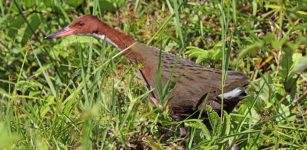 Last Surviving Flightless Bird Species Rose From The Dead
No Comments | May 9, 2019
Last Surviving Flightless Bird Species Rose From The Dead
No Comments | May 9, 2019 -
 50-Year-Old Mystery Behind Plant Growth – Solved
No Comments | Nov 20, 2021
50-Year-Old Mystery Behind Plant Growth – Solved
No Comments | Nov 20, 2021 -
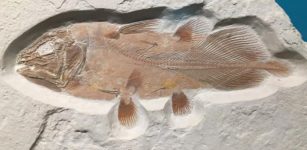 Huge Ancient Fish Fossil Accidentally Discovered
No Comments | Mar 7, 2021
Huge Ancient Fish Fossil Accidentally Discovered
No Comments | Mar 7, 2021 -
 The Truth About Dodo – An Extinct Flightless Brainy Bird
No Comments | Feb 26, 2016
The Truth About Dodo – An Extinct Flightless Brainy Bird
No Comments | Feb 26, 2016 -
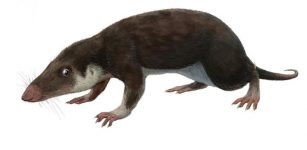 Mysterious Ancestor Of All Mammals Identified Through Genome Reconstruction
No Comments | Sep 30, 2022
Mysterious Ancestor Of All Mammals Identified Through Genome Reconstruction
No Comments | Sep 30, 2022 -
 A Mixture Of Trees Purifies Urban Air Best – A New Study Shows
No Comments | Mar 7, 2023
A Mixture Of Trees Purifies Urban Air Best – A New Study Shows
No Comments | Mar 7, 2023 -
 ‘One Of The Botanical Wonders Of The World’: Giant Waterlily Grown At Kew Gardens Named New To Science
No Comments | Jul 5, 2022
‘One Of The Botanical Wonders Of The World’: Giant Waterlily Grown At Kew Gardens Named New To Science
No Comments | Jul 5, 2022
